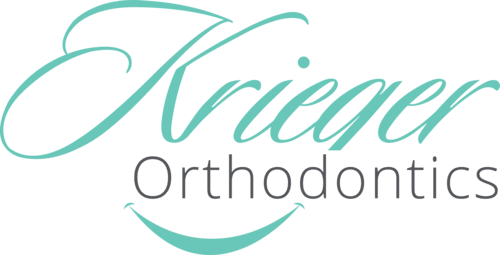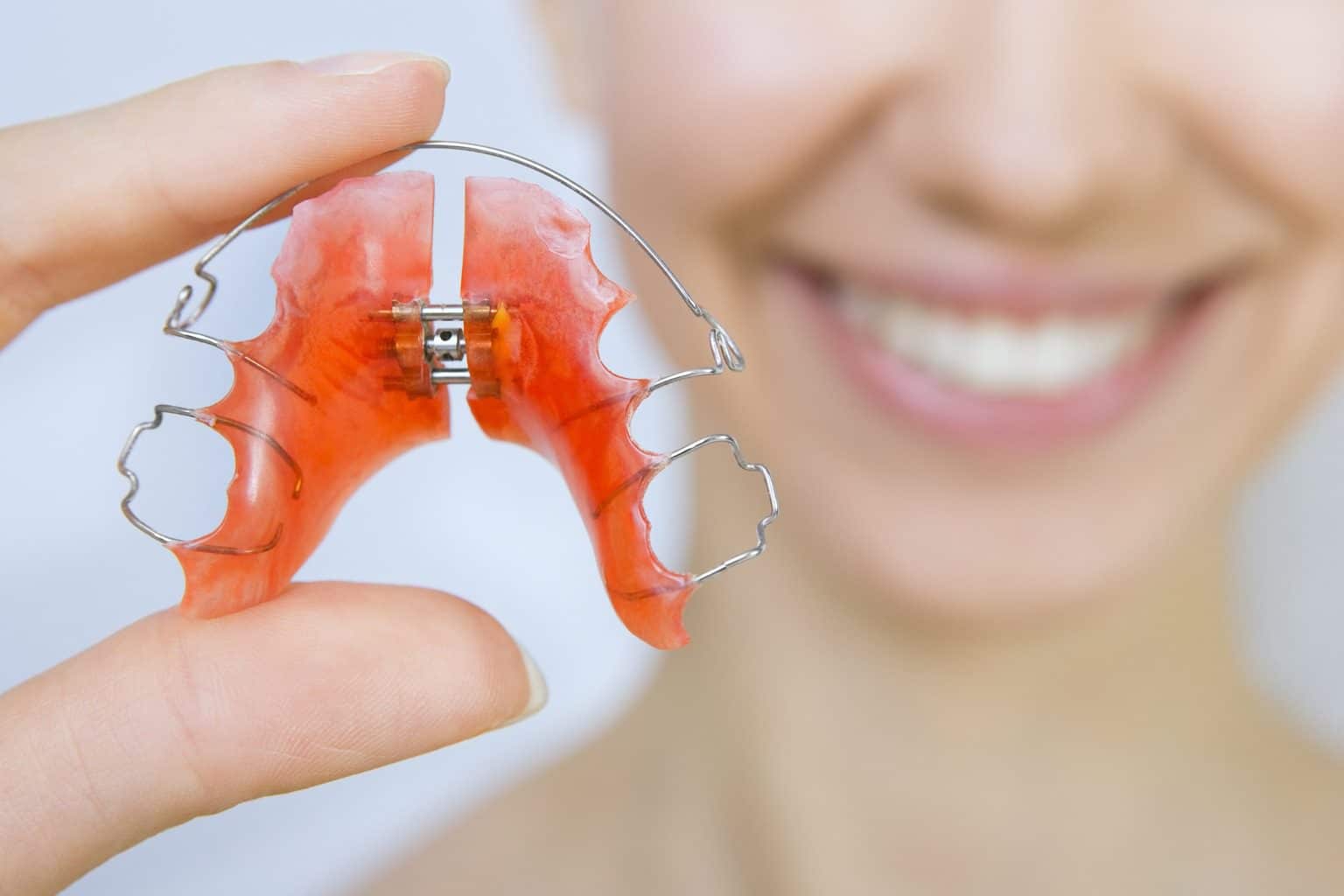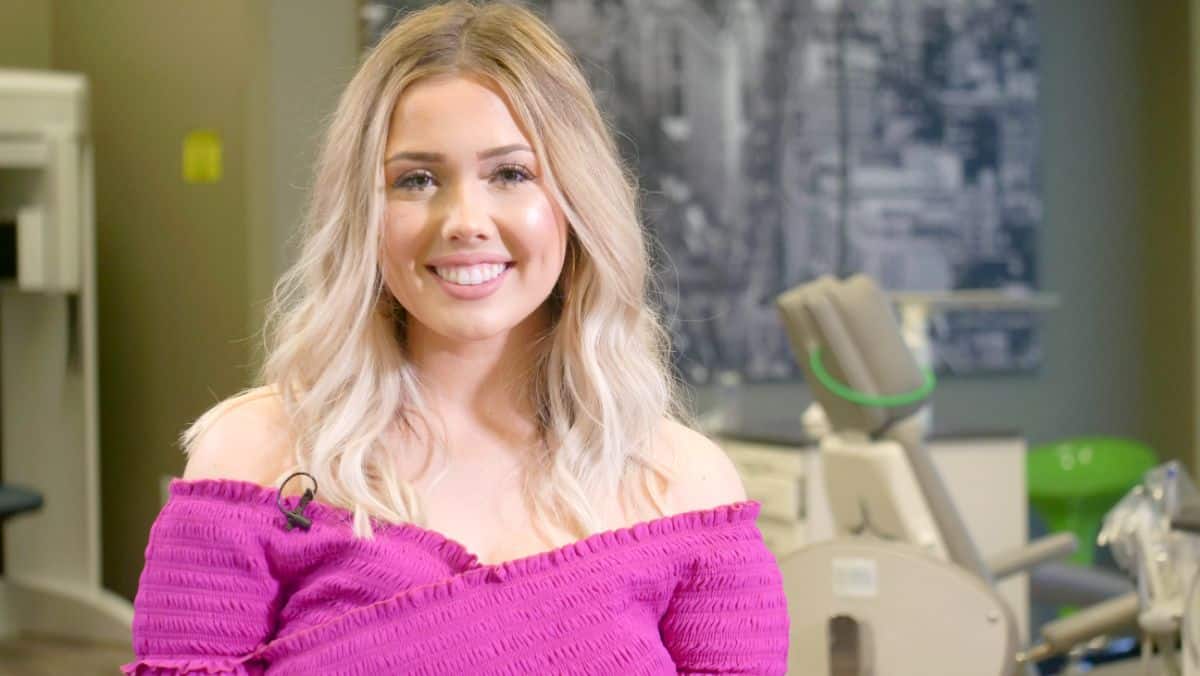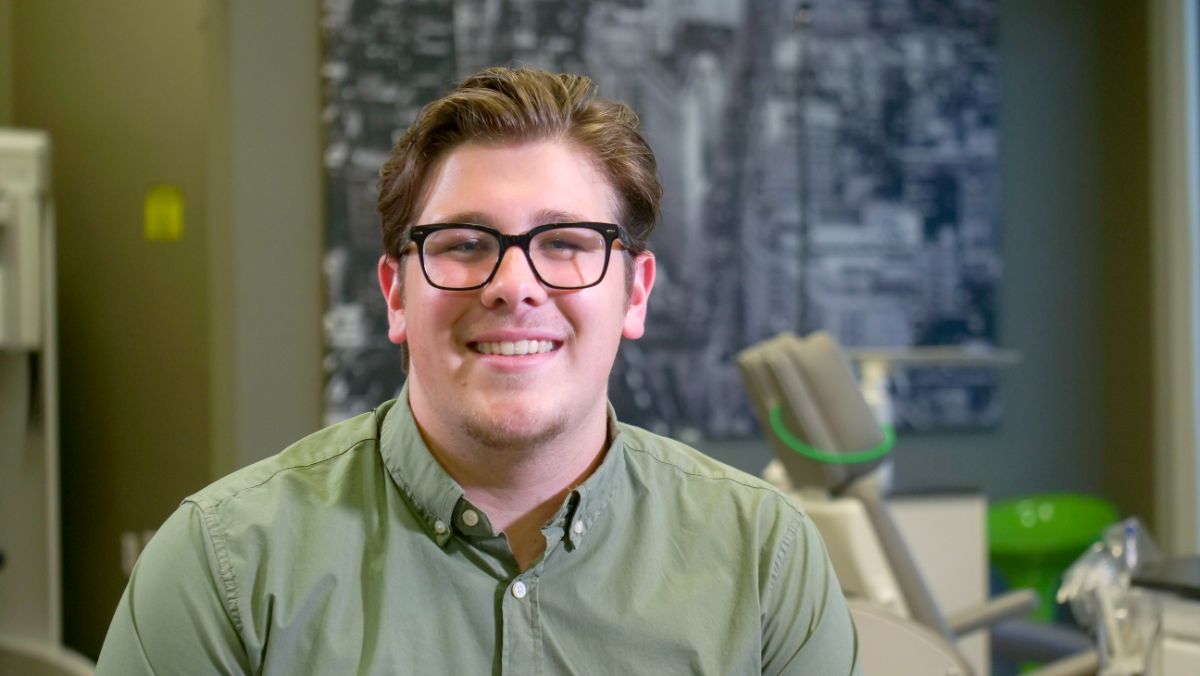Whether you’ve had your braces on for years, or been wearing Invisalign aligners for a few months, it’s an exciting time when you finally have them removed or can quit wearing them. With this first step of orthodontic treatment completed, you can feel a little freer and smile a little brighter. But don’t get too carried away in your celebrations just yet – you’ve got a little further to go!
Whatever orthodontic method you used to straighten your teeth, there’s a second step of treatment necessary to round out the process and help maintain your beautiful new smile. Wearing a retainer regularly is an integral part of keeping your teeth in their new and improved positions, which is why our patients here at Krieger Orthodontics will hear us drive that point home many, many times over the course of treatment!
Because routine retainer use is so essential to prevent your teeth from drifting back into their old placements, our team has put together this helpful guide to help you understand why retainers are so important after the first phase of orthodontic treatment. Keep reading to learn more!
So, what exactly is a retainer?
A retainer is a fairly straightforward orthodontic appliance that’s molded and designed to fit each individual patient’s mouth. They’re primarily made by taking an impression of your newly straightened teeth, then fabricating the retainer out of a clear plastic material (for an Essix retainer) or from wire and an acrylic material (for a Hawley retainer).
Most orthodontists now recommend that some type of retainer be worn part-time for the rest of your life after the teeth have been straightened. We know that sounds completely overwhelming at first! However, with a little patience and practice, wearing your retainer can easily become a part of your daily routine. Before you know it, wearing it a few nights a week while you’re sleeping will be all you need to keep your teeth in the desired positions permanently.
When you first wear the retainer, it may feel a little weird, and it can sometimes affect your speech temporarily. But even if there’s some initial discomfort, you’ll still need to commit to wearing it as recommended. Failing to do so can keep it from doing its job, which means your teeth could begin shifting back, eventually leaving you right where you started.
The types of retainers
There are two types of retainers: fixed and removable. Before deciding which type would be best for you, we take several factors into consideration, including your specific case, your preferences and lifestyle, and the overall compliance expected.
Fixed retainers
A fixed retainer will usually consist of a thin wire positioned across the interior surface of the lower or upper front teeth. This is then bonded into place with a glue similar to the one used to attach braces to teeth. The wire will stretch across several teeth, so dental care is more or less the same as it was when you were in braces, particularly when it comes to flossing. If you’re thinking about a fixed retainer, don’t toss that floss threader just yet! It can be very helpful in accessing those interproximal spaces between the teeth to keep them clean.
Although this type of retainer takes a little more work to keep clean, it tends to have the best outcome overall. This is because the bonded wire is able to hold the newly straightened teeth in a more ideal alignment over time.
Removable retainers
Removable retainers are made up of a wire going across the front teeth. This is held in place with an acrylic material and clasps. The clasps wrap around the back teeth to hold the retainer in place. You may hear this referred to as a Hawley retainer. There’s also a type of removable retainer that looks very similar to an Invisalign aligner, which is often called an Essix retainer.
Cleaning your teeth is easier with these retainers, but you will have to remember to wear it daily. At the beginning of this second step of treatment, it’s likely that you’ll need to wear it all day and all night for at least three months. At the end of this period, your teeth will be assessed. If no movement is detected, then you may be able to wear the retainer less often, like only at night, or for a few hours during the day.
These retainers do tend to be more prone to loss and damage, so be careful with them. If you have pets, be sure you don’t leave one laying out, since dogs love to use them as a chew toy! There’s usually a charge to replace a lost of broken (or chewed on) retainer, so keep them in a safe place when not in use.
Gum and bone alignment
After your braces come off or your last Invisalign aligner is used, your teeth aren’t the only things we need to stay put! The gums and bones in your mouth will need to align to these new positions, too. The soft and hard tissues that are around the teeth can sometimes take a little longer to align to a different position, but by wearing your retainer as directed, you can help the gums and bones to realign, and your new bite to stabilize.
Teeth aren’t just fixed in the jaw. Each tooth is held in its socket by elastic ligaments that attach the roots to the bone. Those ligaments are living tissue affected by the movement of the teeth, and it’s actually this attachment that allows for the small movements of the teeth during treatment. When tension is placed in and around the teeth via braces or Invisalign, new ligaments, and sometimes even bone, are formed.
Once the remodeling phase has been completed, those tissues, ligaments, and bone will need time to stabilize. Without the help of a retainer to hold these new positions as they stabilize, the teeth will almost always migrate back to their old positions. It can take anywhere from several months to a few years for the new position of your teeth to become more permanent.
Care for braces and beyond with Krieger Orthodontics
If you’re in Lewisville daydreaming of the day your braces finally come off, or simply needing a refresher on the importance of retainers, Krieger Orthodontics is here to help you! For more information on the role retainers play after orthodontic treatment, get in touch with us today and we’ll be happy to answer any questions or concerns you may have. Krieger Orthodontics can keep your teeth in place and keep a smile on your face!




